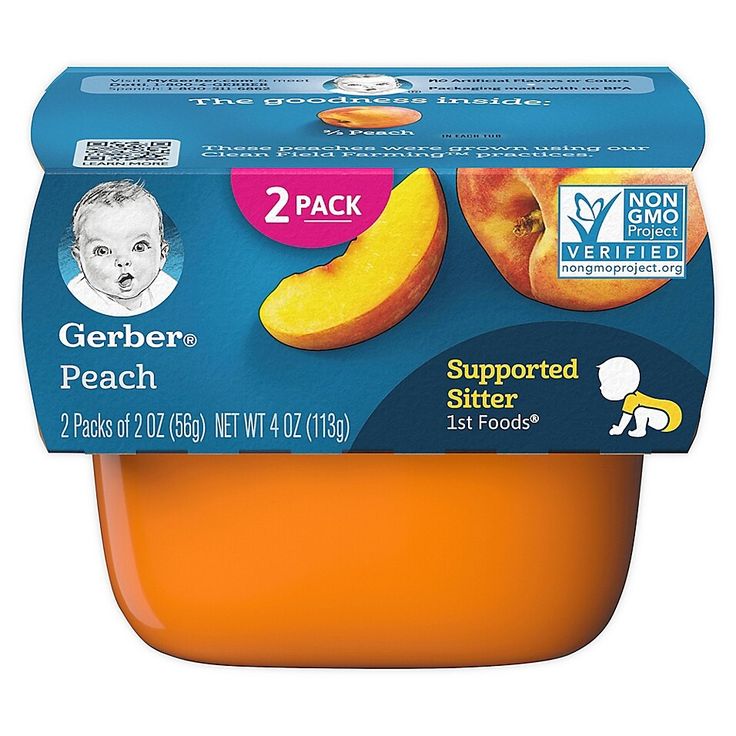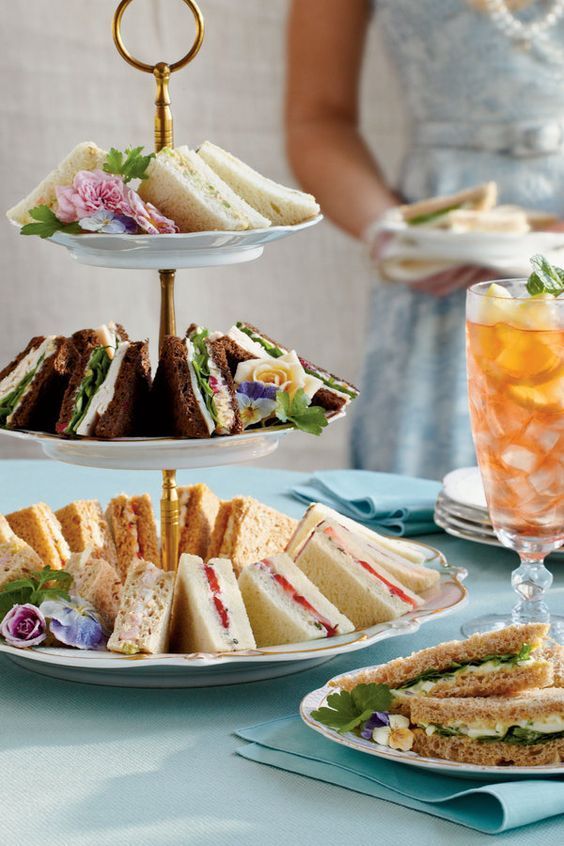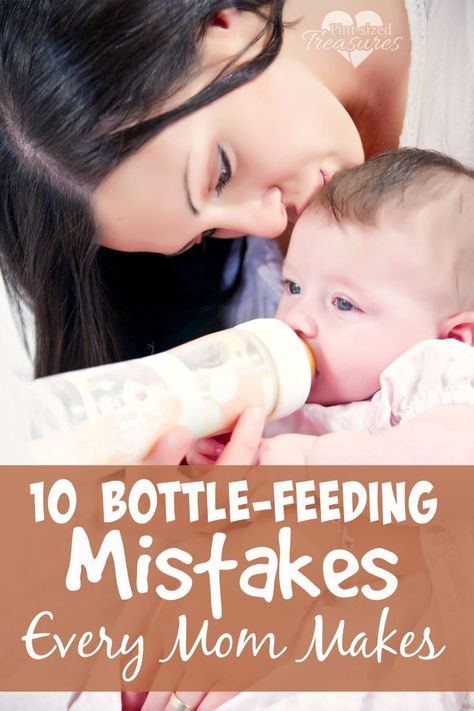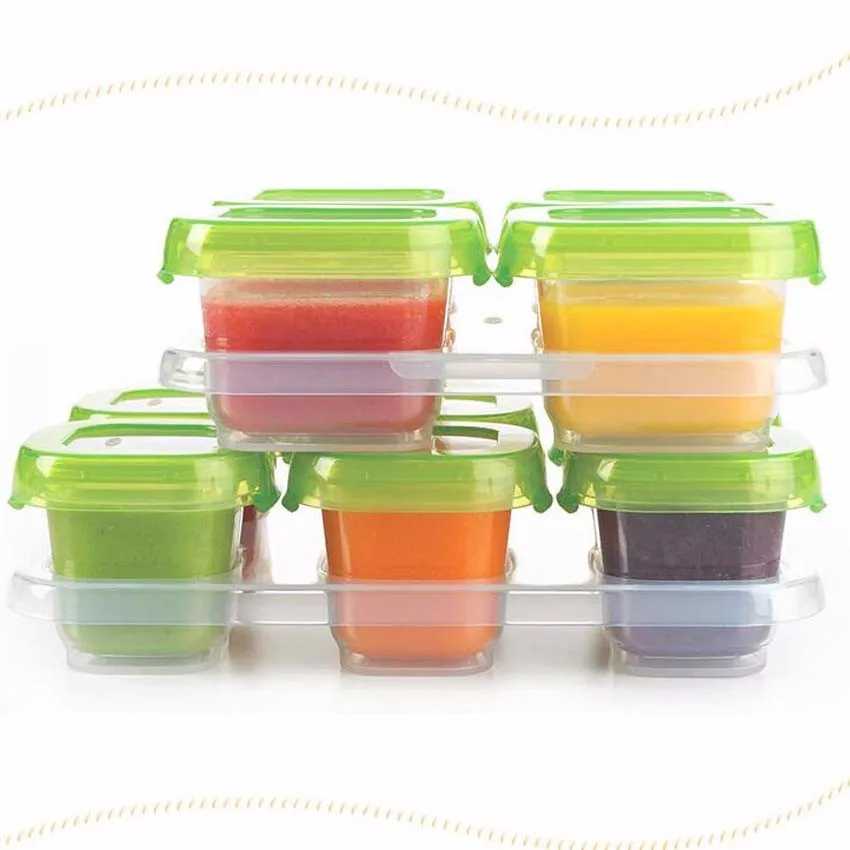Gerber baby food in africa
Did Baby Food Jars Horrify African Consumers?
Fact Check
Understanding where this decades-old tale came from is to see cultural prejudice at work.
Claim:
African consumers were horrified by an American baby food company's product packaging.
Rating:
Legend
About this rating
One of the perennial favorites in the "bad marketing examples" sweepstakes is the tale of the mythical baby food company that failed to consider cultural differences and thereby ended up repulsing consumers in a foreign market. In this case the horrified victims are Africans, who, used to judging the contents of packaged food products by the pictures on their labels, are aghast to find jars with drawings of babies on them.
Examples:
[Harvard Business Review, 1984]
A large multinational corporation once attempted to sell baby food in an African nation by using packaging designed for its home country market. The company's regular label showed a picture of a baby with a caption describing the kind of baby food contained in the jar. African consumers took one look at the product, however, and were horrified. They interpreted the labels to mean that the jars contained ground-up babies!
[Ricks, 1993]
In areas where many of the people are illiterate, the label usually depicts a picture of what the package contains. This very logical practice proved to be quite perplexing to one big company. It tried to sell baby food in an African nation by using its regular label, which showed a baby and stated the type of baby food in the jar.
Unfortunately, the local population took one look at the labels and interpreted them to mean that the jars contained ground-up babies. Sales, of course, were terrible.5
[Collected on the Internet, 1999]
When Gerber started selling baby food in Africa, they used the same packaging as in the US, with the beautiful Caucasian baby on the label. Later they learned that in Africa, companies routinely put pictures on the label of what's inside, since most people can't read.
Perhaps this tale is so popular because it enables us to feel smugly superior to both the should-have-known-better multinational corporation, and the foreign rubes who don't understand what a jar of baby food is. Note that the examples offered are marvels of non-specificity. No company is mentioned by name in the first two, but by the third a standard law of urban folklore has kicked in and the largest and most well-known purveyor of baby food in America (Gerber) is now identified as the perpetrator. More important, all three examples cite no locale more specific than "Africa," as if the entire continent — from Tunisia to South Africa, from Senegal to Somalia — were home to a homogeneous mass of people, all of whom share a single culture and therefore all think and act alike. No doubt we're supposed to conjure up the old stereotypical images of a mysterious land chock full of dark-skinned, scantily-clad, masked savages with bones through their noses who dance rings around large iron pots of missionary soup in time to the beat of tribal drums. Where else in the world but Africa would one find so many illiterate people? And ho-ho, isn't it funny to think of those cannibalistic primitives as actually being shocked at the thought of someone else's eating ground-up humans? What irony!
More important, all three examples cite no locale more specific than "Africa," as if the entire continent — from Tunisia to South Africa, from Senegal to Somalia — were home to a homogeneous mass of people, all of whom share a single culture and therefore all think and act alike. No doubt we're supposed to conjure up the old stereotypical images of a mysterious land chock full of dark-skinned, scantily-clad, masked savages with bones through their noses who dance rings around large iron pots of missionary soup in time to the beat of tribal drums. Where else in the world but Africa would one find so many illiterate people? And ho-ho, isn't it funny to think of those cannibalistic primitives as actually being shocked at the thought of someone else's eating ground-up humans? What irony!
This tale is cultural prejudice at its worst; an apocryphal anecdote based on the premise of a whole society of illiterates who don't know what baby food is are credulous enough to believe that someone would sell ground-up babies as food.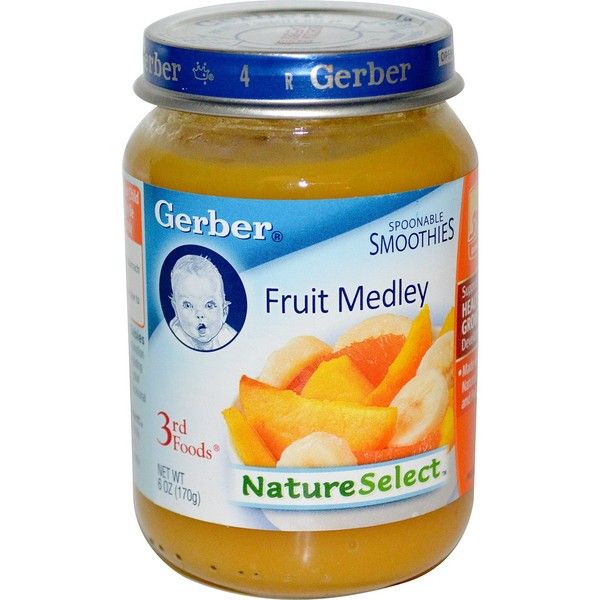 None of the stores selling this stuff think to correct their misperceptions, of course, nor are we apparently supposed to consider that in regions where "most people can't read," "most people" also don't generally have enough disposable income to be buying individual jars of prepared baby food in the first place.
None of the stores selling this stuff think to correct their misperceptions, of course, nor are we apparently supposed to consider that in regions where "most people can't read," "most people" also don't generally have enough disposable income to be buying individual jars of prepared baby food in the first place.
The coup de grace in debunking improbable tales is to find other (preferably earlier) examples and variants of the same type of story, but with differing details. In this case, we have hit the mother lode. Consider the following tidbit from a 1958 Reader's Digest:
I am in the Mission Supply Store at Madang, New Guinea, and recently the senior pilot with the Christian and Missionary Alliance told me something that gave me pause — and stirred our store into sudden action. The natives around Lake Archbold are unashamedly cannibals and, he reported, they are now convinced that the missionaries are cannibals, too, on evidence observed in missionary homes.
They have seen tins with a picture of a fish on the label and, sure enough, the tin contains fish. Likewise a tin of green peas has a label showing peas, and a picture of tomatoes on a tin invariably means tomatoes.
The tinned-goods firm that supplies us has been advised that it must find some means of convincing the natives that its baby food is made for babies and not of babies.4
Hmm . . . seems this story has not only been around the block before; it's been circling for more than forty years now. This time the setting is New Guinea rather than Africa, the bemused "victims" merely see tins of baby food brought by foreigners rather than encountering them in their local stores (having cleverly figured out the relationship between label and contents all by themselves), and to make sure we don't miss the obvious joke, we're told straight out that the shocked natives are CANNIBALS and the foreigners are MISSIONARIES! That's turning the tables, eh? Irony is so much funnier when you dispense with all that subtlety stuff, isn't it?
But that's not all — the same motif turns up again, this time with the onus of misunderstanding resting square on the shoulders of the "dumb foreigners" or illiterate adults right here in America:
In America, a Chinese family bought a can of what they believed — because of the picture on the label — to be fried chicken.
They were surprised and disappointed to open it and learn the can contained only the shortening used for cooking fried chicken.1
Some Hmong bought cans of Crisco believing that the label — a picture of golden brown fried chicken — depicted the contents.2
Adults who cannot read cannot look up phone numbers. In restaurants, they always order the house special. Their children's homework is a mystery. They buy cans of Crisco, thinking it's fried chicken, because that's what the picture on the label shows.3
Improbable as they may be, tales about the misconceptions of recent immigrants from other lands and cultures make some sense, but they don't hold up when applied to non-foreign illiterates (as in the last example above). Those who can't read may miss out on a great deal, but they don't grow up completely ignorant of the conventions of the societies in which they live.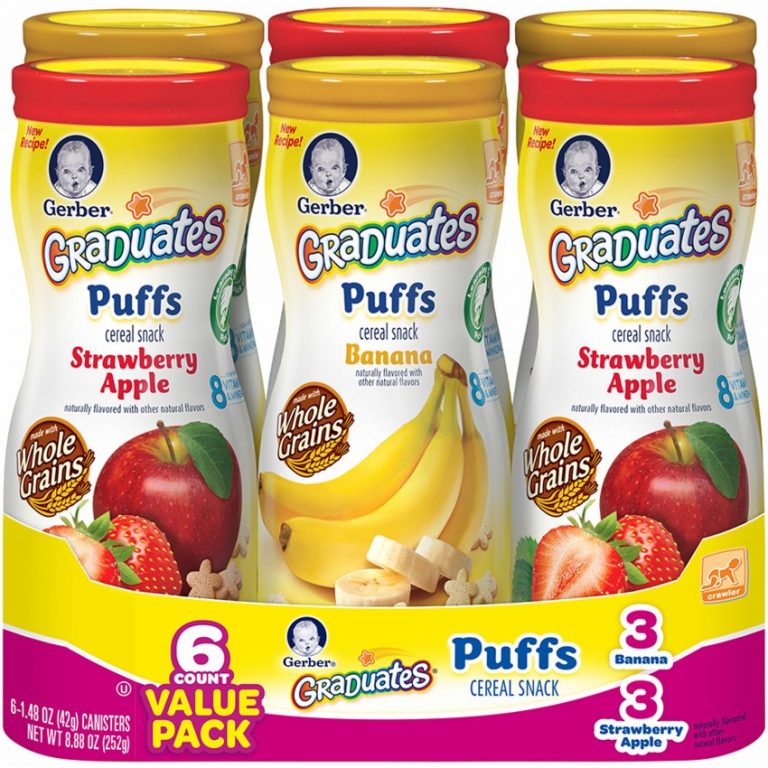 Even the illiterate know from experience that a red traffic light means "stop" (whether they drive or not), that a bottle with a skull and crossbones on its label contains something poisonous, and that fried chicken is not something one purchases in a can. Or are we supposed to believe that they also pick up cartons bearing pictures of cows from the dairy aisle, expecting to find not milk inside, but roast beef?
Even the illiterate know from experience that a red traffic light means "stop" (whether they drive or not), that a bottle with a skull and crossbones on its label contains something poisonous, and that fried chicken is not something one purchases in a can. Or are we supposed to believe that they also pick up cartons bearing pictures of cows from the dairy aisle, expecting to find not milk inside, but roast beef?
Sources
Arax, Mark. "Hmong's Sacrifice of Puppy Reopens Cultural Wounds." Los Angeles Times. 16 December 1995 (p. A1).
Cherrington, David and Laura Zaugg Middleton. "An Introduction to Global Business Issues." HRMagazine. June 1995 ISSN 1047-3149 (p. 124).
Foster, Catherine. "Overcoming Illiteracy." The Christian Science Monitor. 8 September 1988 (p. 14).
Ricks, David A. Blunders in International Business.
Cambridge, U.S.A.: Blackwell, 1993.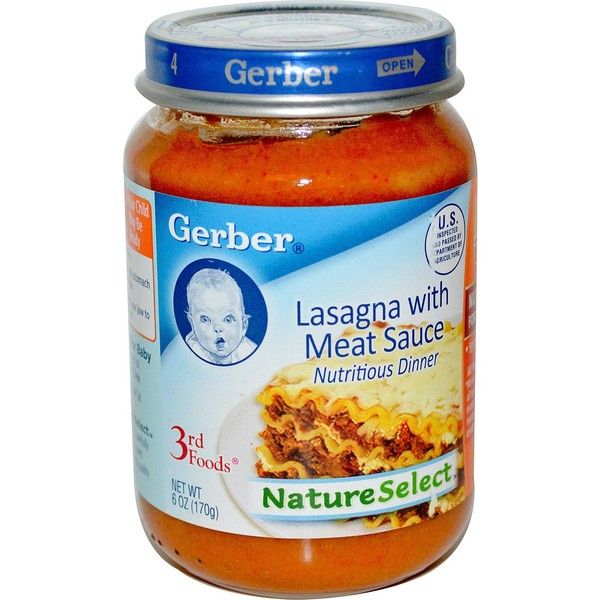 ISBN 1-55786-414-4 (pp. 28-29).
ISBN 1-55786-414-4 (pp. 28-29).
Reader's Digest. "Life in This Wide World." February 1958 (p. 60).
By David Mikkelson
David Mikkelson founded the site now known as snopes.com back in 1994.
Article Tags
cannibalism Marketing 101 Culture Clash
Read More
Become
a Member
Your membership is the foundation of our sustainability and resilience.
Perks
Ad-Free Browsing on Snopes.com
Members-Only Newsletter
Cancel Anytime
$50.00 per year
$12.50 every 3 months
$5.00 per month
Choose your membership, or see other ways to help
Lost in Translation - Gerber Happy Baby
Most marketers and business managers agree – segmenting by culture and developing appropriate marketing messages that resonate with specific cultural communities will increase penetration rates in emerging market segments.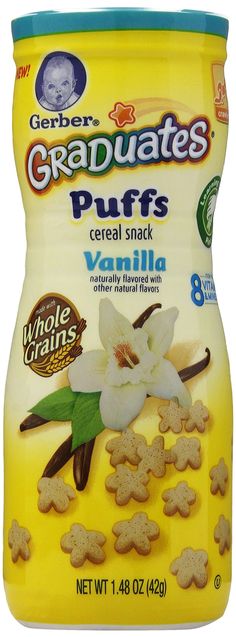
This does not mean that you can simply translate the messages into another language, and use an image of a person from the targeted culture. Effective cross-cultural communication needs to go deeper than that. It requires marketers to understand the values, attitudes and beliefs of the targeted culture and how that translates into different consumer behaviour.
Even large multi-nationals can get this wrong. Our ‘Lost in Translation’ blog series talks about cultural marketing campaigns that have not been well received by the desired audience, and in fact may have damaged brand reputation. This blog features US baby food company Gerber.
Don’t eat the baby!
Since its inception in 1928, Gerber has featured a sketch of a Caucasian baby on its baby food packaging. The image has become iconic, with very high recall. It is internationally known, and many people even think the baby went on to become someone famous like Humphrey Bogart or Elizabeth Taylor (it wasn’t – the model baby used for the sketch was teacher Ann Cook).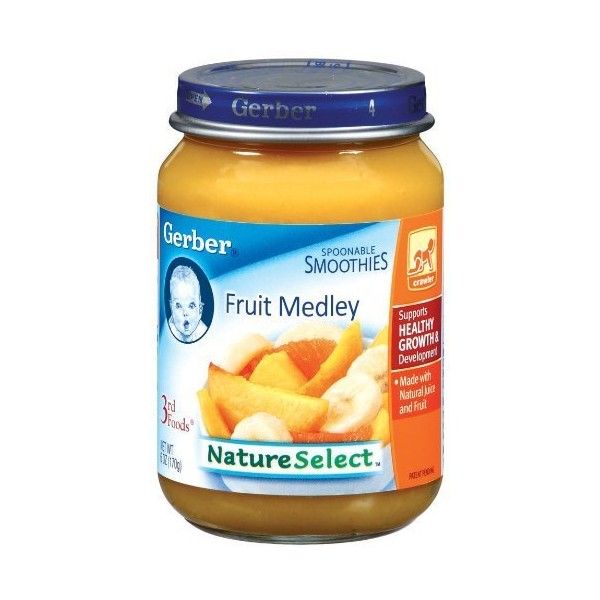 Needless to say, that baby sketch and the Gerber branding are invaluable to the organisation.
Needless to say, that baby sketch and the Gerber branding are invaluable to the organisation.
Following its success in the US, Gerber branched out internationally. It kept its iconic baby sketch on the packaging of its 200 food products that are distributed to 80 countries. Whilst the international expansion has largely been successful and profitable, sales were lacklustre when it entered the African market.
After conducting research Gerber discovered the reason Africans were not buying its products. The reason was quite disastrous.
Due to low literacy rates, in Africa it is commonplace to feature on the packaging a picture of what is contained in the product. By placing its cute baby image on its jars Gerber was misleading African consumers into thinking that the product was made from babies or baby parts!
Re-branding and new packaging design was also required when selling the product in France. The French translation for Gerber is ‘to vomit’.
Both of these examples of information being lost in translation were costly to Gerber.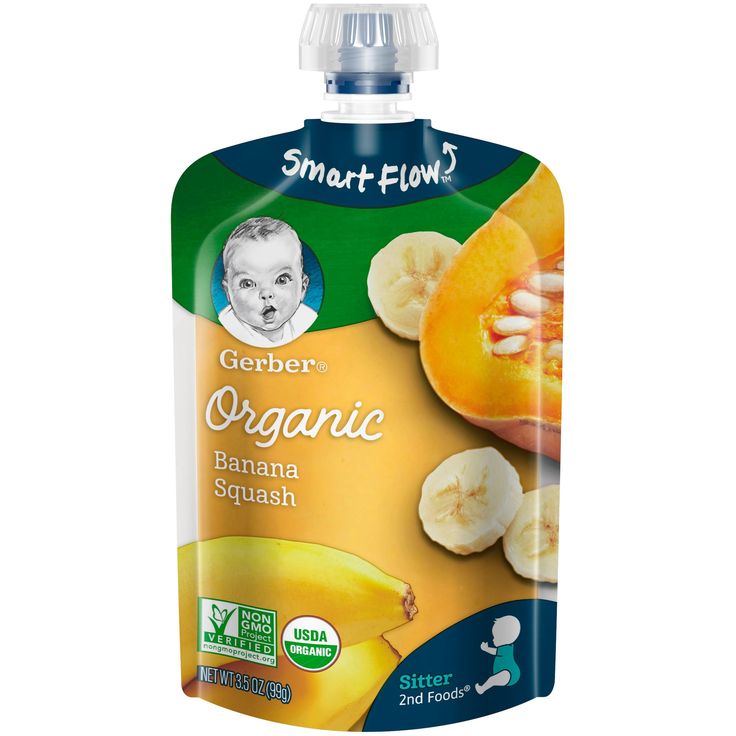 I bet Gerber wishes it had done some cultural research before giving the impression it was selling babies or vomit in a jar.
I bet Gerber wishes it had done some cultural research before giving the impression it was selling babies or vomit in a jar.
Origins is an invaluable tool in cross-cultural marketing. It provides organisations with powerful evidence of under-representation among key cultural segments prompting qualitative research to understand what the issues are and how they can be overcome – to avoid a costly ‘lost in translation’ debacle and reputational damage for the brand.
Back to blog
Know Your Neighbourhood
Try our free data look-up to see the top Origins Types and the most popular names in your postcode.
11 International Brands That Wrong with the Name Here are some of the weirdest and funniest branding decisions ever made in Matt Haig's Biggest Branding Mistakes. The 100 Biggest Fails in Brand History.
Post sponsor:
TAKO Line is number 1 in the market of design and development of vacuum and compressor equipment
Hey, what's up, Nigaz?
In 2009, Gazprom Corporation, in cooperation with the Nigerian National Petroleum Corporation, created a joint venture called Nigaz (short for Nigeria and Gazprom). The name, which rather resembled a line from the songs of Snoop Dogg, caused, to put it mildly, some bewilderment among the world community. Chevrolet Nova is good but doesn't run
The name, which rather resembled a line from the songs of Snoop Dogg, caused, to put it mildly, some bewilderment among the world community. Chevrolet Nova is good but doesn't run
Chevrolet Nova is another bad name. The car was not in demand in any Spanish-speaking country (and these, it should be noted, are 23 not the smallest states) simply because “no va” is translated from Spanish as “does not go”. African shock with Gerber
It's all about the packaging: baby food manufacturers Gerber have begun shipping products to Central Africa with their standard smiley baby label. It seems that they have not studied the specifics of the local market: the fact is that most locals cannot read, which is why local companies have agreed to put an image of what is inside the package on the label. Ayds will help you lose weight
If you think that some bad luck in your life lately, just remember the producers of Ayds diet sweets. Candy released at 1980, and in 1981, they first described AIDS, which is pronounced the same way in English. Braniff Airlines scoundrels
Candy released at 1980, and in 1981, they first described AIDS, which is pronounced the same way in English. Braniff Airlines scoundrels
American airlines Braniff Airlines, replacing ordinary seats in their aircraft with leather ones, conducted a not very successful advertising campaign in Mexico, literally translating its slogan "Fly in leather!" (Fly in Leather) in Spanish: "Vuela en Cuero!", Which sounded like "Fly naked!".
Chevrolet Aveo vs. Daewoo KalosChevrolet Aveo is sold under this name only in Russian-speaking countries. In other countries, it is called Daewoo Kalos. I don't think it's worth explaining why.
Unsuccessful translation of Coca-Cola After a failed launch, it turned out that in Taiwanese Chinese, the name Coca-Cola is consonant with the phrases "wax horse" and "bite the tadpole", which led to a different name for the Chinese audience. Now it sounds like Kekoukele ("happiness in the mouth").
The famous brand Bacardi, with their Pavian (French for chic) fruit drink, screwed up a little on the international market, because in many languages Pavian is just a baboon.
Frank Mazda Laputa"La ruta" - this is how beautiful "night butterflies" are called in Spanish. Another big market failure.
Monstrous Toyota FieraFiera is an ugly and monstrous old woman in Latin American mythology. Another fiasco in the markets of South America.
“Come Alive with the Pepsi Generation”Pepsi once crashed in two markets at once by translating its key motto “Come Alive with the Pepsi Generation” too literally. In German, it turned out to be a cheerful “Rise from the grave with Pepsi,” and in Chinese, it turned out to be a promising “Pepsi will get your ancestors out of the grave.”
See also: Famous brands that are called differently abroad
Source
Did you know that we have Telegram and Instagram?
Subscribe if you are a connoisseur of beautiful photos and interesting stories!
The truth about the 9 scandalous slogans
Image source
On the eve of the start of marketing expansion to new foreign markets, marketers and copywriters of transnational corporations are faced with many tasks that are most unexpectedly related to linguistics, ethnography and cultural studies - after all, no national culture is exactly like another, each country has unique customs and traditions, in any language there are idioms that are understandable only to those for whom it is native.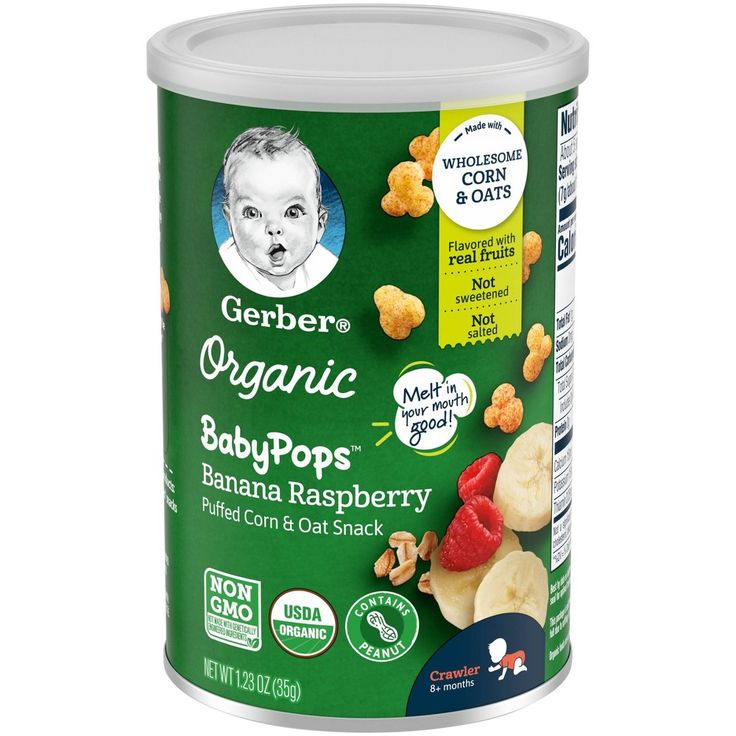
It seems obvious that before entering a new market, the first item on the agenda of every self-respecting company should be the study of cultural and linguistic differences inherent in the population of countries included in the new sphere of market influence of the brand.
However, over the years, rumors have circulated persistently on the Global Web that some of the world's largest companies have neglected such research, and due to ignorance of the cultural and linguistic features of the languages circulating in the countries of their new regional markets, the worst slogans have appeared - obscene, meaningless or funny.
It is time to remember these legendary blunders and unsuccessful advertising slogans, figure out what is true and what is false, and try to find the origins of these myths.
Contents
1. Coors
2 Dairy Association
3. Electrolux
4. Pepsi
5. Coca-Cola
6. Mist Stick
7Parker Pens
8. Powergen Italia
Powergen Italia
9. Gerber
- 15 legendary marketing failures
1. Coors
History: A famous American brewing company decided to cool down the hot Spanish market with their Rocky Mountain Ice Beer. According to legend, the translator who adapted the slogan for the Spanish market got too carried away testing Coors products, resulting in the company's slogan "Turn It Loose!" (meaning something like "Free yourself!" or "Relax!") was translated into Spanish as "Suffer from diarrhea!". Not the best way to spend your free time, agree.
Now the question is: is this story true or false?
False
There are undocumented reports that Coors used the slogan "Sueltalo con Coors" in Spanish-speaking markets, which literally means "Relax with Coors". Other sources state that the phrase "Suéltate con Coors" was used, literally meaning "Free yourself with Coors". However, David Wilton, author of Word Myths: Debunking Linguistic Urban Legends, claims that Coors never launched an ad campaign with either of these two slogans.
2 Dairy Association
History: During the entry into the Mexican dairy market of a major American brand, the Dairy Association's wildly successful slogan "Got milk?" (Got Milk?), Was received by the local population is not very friendly. Legend claims that when translated into Spanish, the slogan sounded like “Are you breastfeeding?”. It seems that such a slogan should not resonate with the widest possible target audience of a dairy manufacturer.
Let's try to figure out where is the lie and where is the truth.
False
According to Jeff Manning, executive director of the California Milk Processor Board, this language problem was discovered and resolved during the market research phase.
3. Electrolux
History: Learning the official language of a country is one thing, but let's not forget the parallel existence of street conversational culture. Here is an example of an unsuccessful slogan with which the eminent Scandinavian manufacturer of household appliances got into trouble in the American market.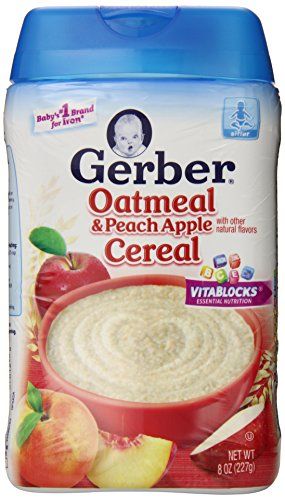
Honest and unsophisticated Swedes thought that their slogan “Nothing Sucks Like an Electrolux” (Nothing Sucks Like an Electrolux) spoke directly and openly about the powerful suction of their vacuum cleaners.
However, when an advertising campaign under such a slogan was launched in the United States, one could only guess - is Electrolux promoting its products to a new market or competitors are cruelly mocking the Scandinavian brand, because in American youth slang this phrase means something like "there is nothing worse than Electrolux" ( And this is the most decent translation!).
True
Beginning in 1960, Electrolux successfully sold vacuum cleaners under this slogan in the United Kingdom. The same slogan was later used for the US, with the American slang meaning of the word "Sucks" long known in the UK. So you can consider all these “translation difficulties” as a kind of marketing gamble - a scandalous-sounding almost obscene slogan perfectly attracts the attention of a new target audience. So maybe it's not quite right to say that this is an unfortunate slogan.
So maybe it's not quite right to say that this is an unfortunate slogan.
4. Pepsi
Story: Pepsi's entry into the Chinese market suddenly produced a great slogan for a Halloween ad campaign—only this time, PepsiCo was dealing not with Halloween carnival monsters, but with hundreds of millions of angry Chinese who found their dead ancestors insulted. The famous slogan of the world-famous brand "Come alive with Pepsi generation" when translated into Chinese has acquired a completely unexpected meaning - "Pepsi will raise your ancestors from the graves."
Of course, Pepsi invigorates and revitalizes, but it is hardly so powerful.
Unconfirmed information
PepsiCo officials have neither confirmed nor denied this claim. Well, let's move on to their main competitor.
5. Coca-Cola
History: One of the most famous marketing blunders was made by one of the most popular brands in the world. When Coca-Cola entered the Chinese market, it turned out that the name of the drink, which sounds like "Ke-kou-ke-la", in different dialects of Chinese supposedly means: "bite the wax tadpole" or "mare stuffed with wax" .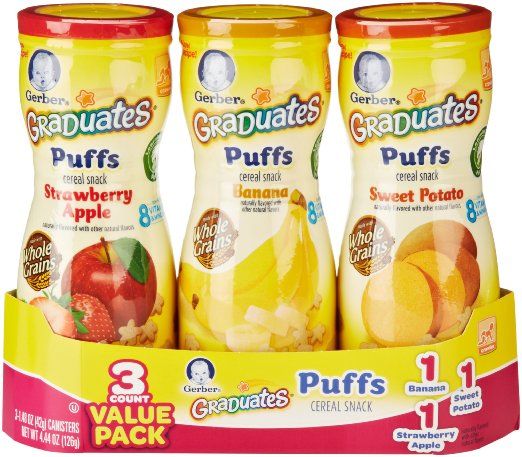 Here are some bad slogans in advertising.
Here are some bad slogans in advertising.
False
In this case, the Chinese shopkeepers missed the mark, making the blunder of using their own dialect to articulate hieroglyphs of words from other Chinese dialects—that’s where those frighteningly meaningless “wax tadpoles” came from.
The Coca-Cola Company examined 40,000 Chinese characters and found a close phonetic equivalent of "Ko-Ko-Ko-Le", which can be roughly translated as "happiness in the mouth".
6. Mist Stick
History: The German market experienced a state of near shock when the well-known company Clairol offered the people of Germany an electric hair curler called "Mist Stick". The fact is that the English word "fog" (Mist) in German means "dung". It is known that mud baths are good for the skin, but nothing is known about the similar effect of manure on hair.
False
This story appears to have been inspired by a similar myth surrounding the Rolls Royce Silver Mist. So, Clairol's reputation didn't suffer.
7. Parker Pens
Parker Pen Company employees had a "fun time" when their brand entered the Spanish market: they spent hours patiently and politely explaining to temperamental Spaniards and Spaniards that it was impossible to get pregnant from using their pens. Parker's already ambiguous slogan "Won't leak into your pocket and embarrass you" when translated into Spanish sounded quite frighteningly obscene: "Will not leak into your pocket and make you pregnant." Let's hope this is just another legend and ask our usual question: true or false?
True
Alas, but it's true. This example is even mentioned in Matt Haig's bestselling book Brand Failures.
8. Powergen Italia
Story: Even something as simple as a website address can lead to a marketing disaster. Take, for example, the Powergen Italia brand. This is an Italian company that is trying to penetrate the English-speaking market and starting with the most obvious - creating a website called (attention!) www. powergenitalia.com. Anyone who knows English will automatically read "powergenitalia" as Power Genitalia (by analogy, for example, with Power Station). A great name for a porn studio site, but not for an Italian charger manufacturer's web resource. All this looks too much like a bad joke, but we must find out where is the truth and where is the lie!
True
Yes, there actually was such a URL, owned by the Italian division of the energy giant Powergen. Marketers quickly realized their mistake, and now Powergen Italia has a quite decent English-language website www.batterychargerpowergen.it. :)
9. Gerber
History: Everyone knows the cute little baby who became the symbol of the Gerber baby food company. However, before expanding into the African market, Gerber marketers were completely unaware of the cultural codes of the inhabitants of the Black Continent. But if they did this, they would find out that most of the labels of cans sold in Africa depict the contents of this same can, and consumers unconditionally believe these pictures.


